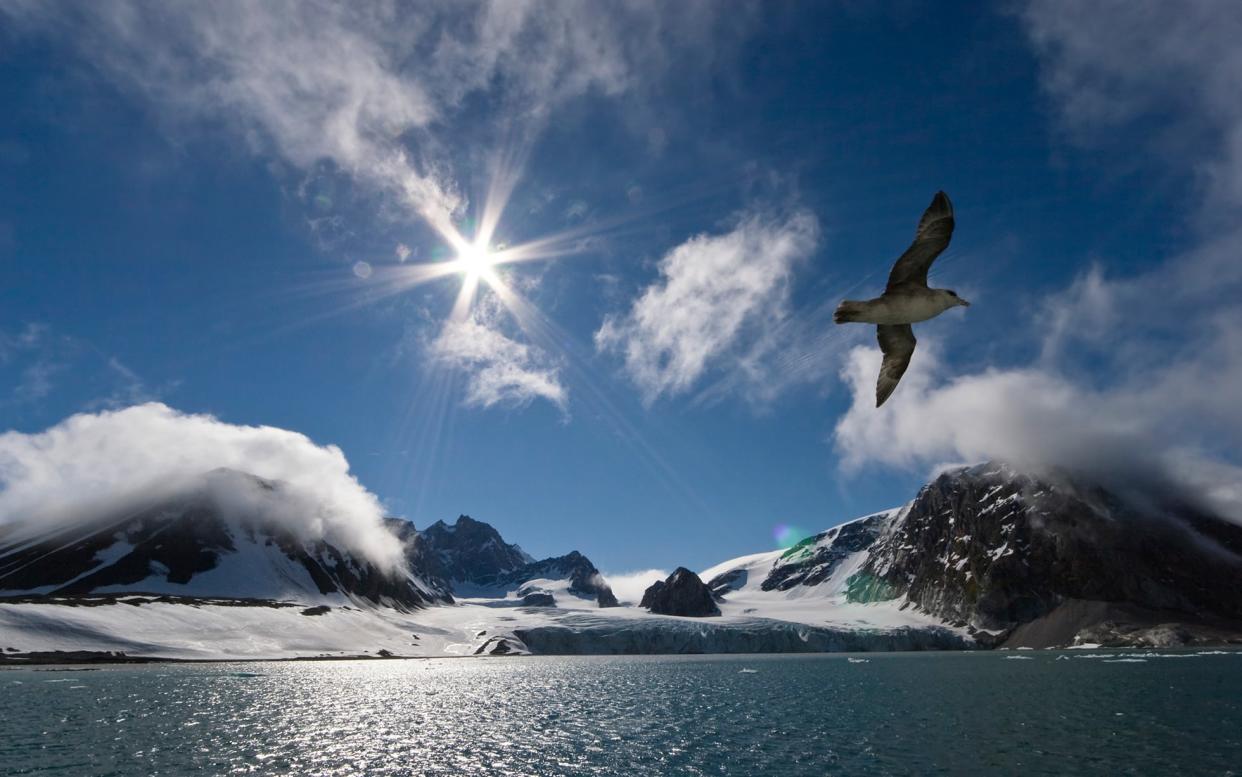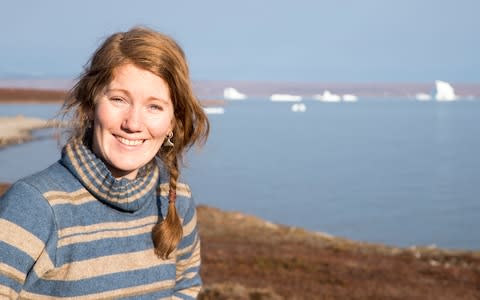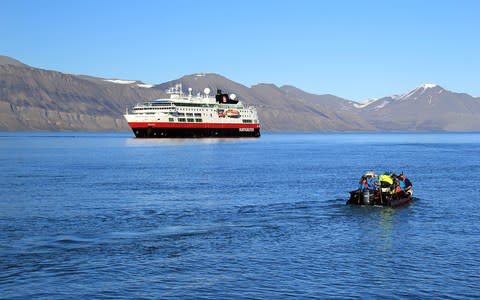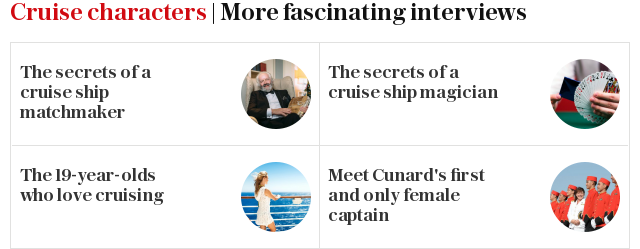Wildlife, wilderness and war on plastic: The life of an Arctic expedition leader

Helga Bårdsdatter has found the perfect job − if not the one she had in mind. “I dreamed of becoming a vet,” she told me during my expedition cruise in Norway on Hurtigruten’s MS Fram. “I went to an agricultural high school where I learned to drive a tractor and use a chainsaw.” There’s not much call for driving tractors with a cruise line, but working in an expedition team ticks all the boxes for those who are passionate about nature. After school, Bårdsdatter studied biology in Oslo, which entailed a three-week field course in Svalbard.
“It was my first visit there, and it changed my life,” she says. The Svalbard archipelago is located in the Arctic Ocean, halfway between Norway and the North Pole. The largest island, Spitsbergen, is a honeypot for Northern Lights spotters, but Bårdsdatter fell in love with its raw landscape, its birds and wildlife and also with the community − 2,100 inhabitants of 44 nationalities. She adds: “There came a point in my studies (she has a masters in ecology and evolutionary biology) when I realised what I actually wanted to do with my life.
“It was in Svalbard that I discovered my true calling.

“Having grown up in a small village, her childhood memories include seeing wild elk come into her parents’ garden. She also enjoyed horse-riding and nature walks with her grandfather. He would point out the smallest details and bring it all to life with stories.
“Like many Norwegian children I joined a club based on a cartoon TV character: Inky the Octopus detective and his crab sidekick.”
Bårdsdatter worked as a guide in Svalbard, and later as events manager at a wilderness camp before serving as a green politician in local government in the islands’ capital, Longyearbyen. Landing a job as an environmental agent for Hurtigruten, whose fleet serves the entire coast of Norway, allowed her to take that passion a stage further, during reccies and guided expeditions ashore, and by giving on-board talks.

During my cruise, when Fram anchored off landing places with no human inhabitants, Bårdsdatter and the expedition team would take us ashore. Sometimes hunters’ cabins indicated signs of earlier human life. Otherwise, the guides would point out shells, bones and feathers and, as we moved on, boggy ground, streams and pools; small stones marked by time and tide; rocky outcrops that grew bigger the further inland we went; defiant clusters of wildflowers; and moss − lots of it.
On one walk, Bårdsdatter asked if I had noticed the northern fulmars, which so often flew alongside our ship, and whose numbers are falling. “They’re surface feeders,” she said. “They mistake bits of plastic for food. It blocks their digestive tract, preventing them from eating what they should, which causes them to starve to death.”
Hurtigruten, now the largest cruise line for exploration in polar regions, is committed to minimising its own impact on the environment, the wildlife and the people who live in the remote and fragile destinations to which its ships sail.

All the lectures Bårdsdatter gave on Fram were well-attended, but none more so than that entitled Plastic Fantastic: The Footprint of Modern Society, in which she addressed the issue of plastic waste in the world’s oceans, with fatal consequences for fish, birds and marine mammals.
As well as raising passengers’ awareness with some shocking statistics, she also encourages those who go ashore to pick up plastic and other waste, to be destroyed or recycled on the mainland.

In addition, she has instigated changes on Hurtigruten’s ships. Glasses have replaced plastic tumblers in bathrooms, and plastic cutlery and plastic straws are no longer in use on board.
As her grandfather taught her, details matter. And if they matter to enough people, it could make all the difference in the world.


